The Report from Spotted Tail 12/22/11
Again, Merry Christmas and Happy New Year to everyone!
For the cosmically inclined, you must visit this link: http://skysurvey.org/
The Milky Way in one of its finer moments…
The water in the Mosquito Lagoon seems to be getting dirtier again. I had an unsettling thought yesterday- what if it stays the way it is now, permanently?
We looked for this fish for two days without success.
Monday Dr. Todd Preuss, a fly fisher from Atlanta, joined me for our annual fishing trip. We went to the Indian River Lagoon. I poled six miles of shoreline. We ran over quite a few fish that we couldn’t see because the water is so dirty. We saw three or four shoreline fish all day. Todd used the blindcasting technique all day, alternating between a rattle rouser and a Dupre Spoonfly, with equally dismal success. He had two bites all day, missing one and landing a seatrout of about 16 inches on the other. Ouch.
Wednesday fly caster Peter Della Pelle, Medford High School class of 1970, joined me for a day’s fishing, accompanied by his brother-in-law John. We tried the Indian River Lagoon first. The water was slick calm and I prayed the fish would be moving. No such luck.
Again, we ran over a reasonable number of fish. We could never see them until they blew out. John was blindcasting a spoon and got one small redfish. We found a school of big fish but couldn’t see if they were redfish or black drum and never got a bite on anything we tried, including mullet chunks. It’s sad that in 18 inches of water you cannot see a single individual in a big school of fish because the water is so dirty.
After fishing three stretches of shoreline with identical results I decided to pull the boat and go to the Mosquito Lagoon. It was worse. In five hours we saw exactly three redfish. John got another red, maybe 10 inches long, on the gold spoon.
Went through a lot of gas, poled a lot of miles, checked out a dozen spots, saw very little. A very tough day, all in all.
I sure hope something changes soon!
Life is still great, and I still love my work.
And I still think that because life is short, you should still go fishing, even when catching is tough.
Have a great holiday!
John Kumiski
http://www.spottedtail.com
All content in this blog, including writing and photos, copyright John Kumiski 2011. All rights are reserved.
|
Related articles
- Mosquito Lagoon, Florida Fly Fishing Tip: Little Black Flies (spottedtail.com)
- Bioluminescent Bacteria Combat Pollution in Fragile Florida Ecosystem (inhabitat.com)
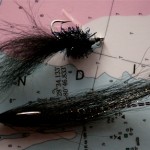
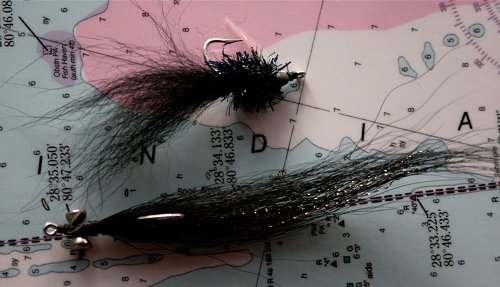
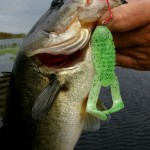
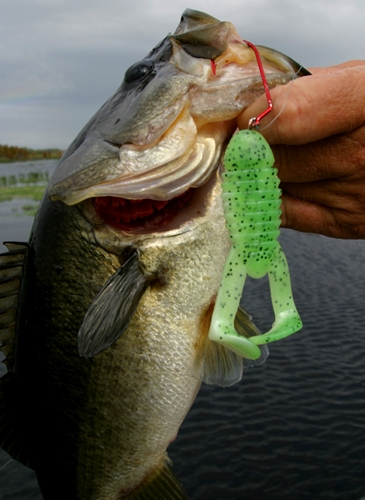
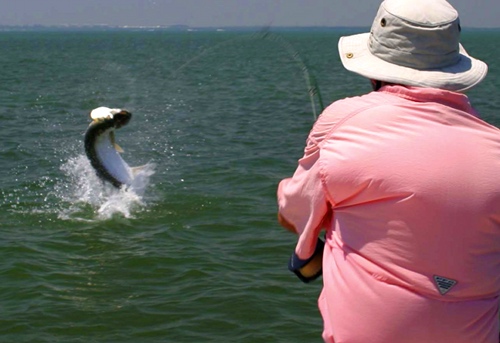
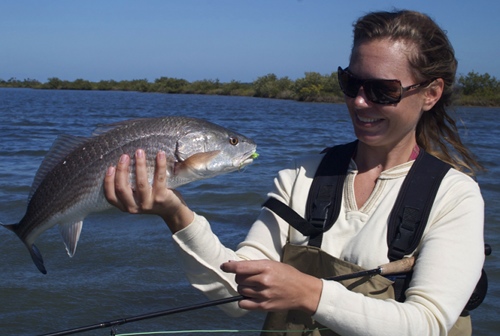
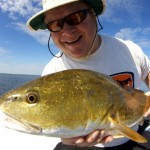
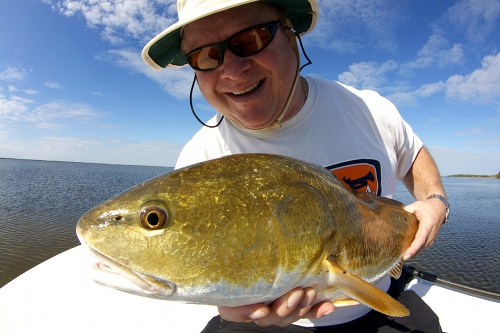
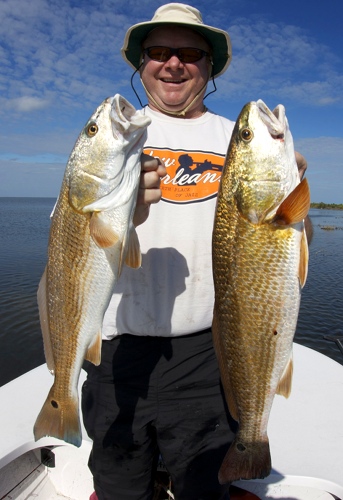

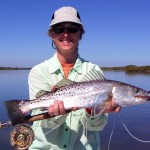
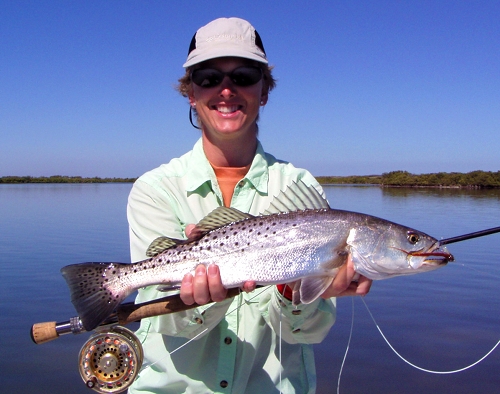
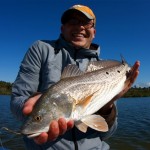
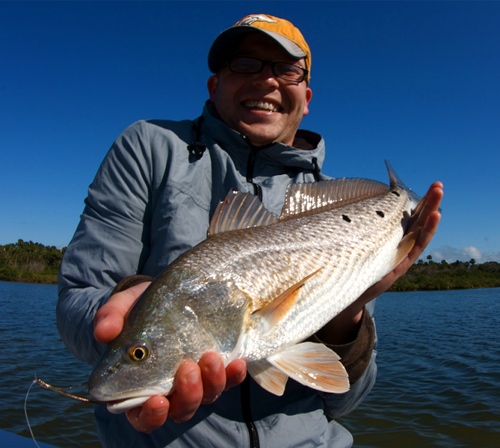
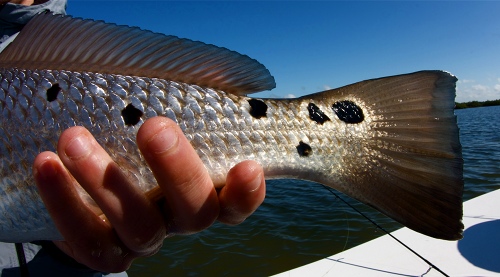
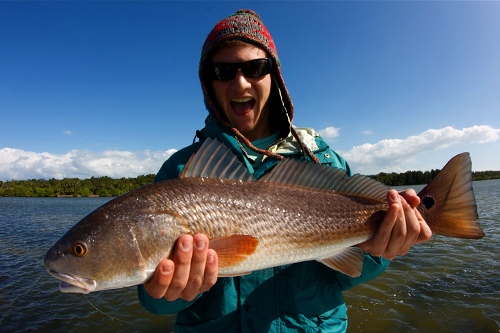
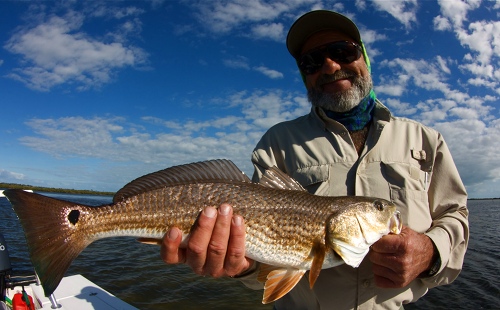
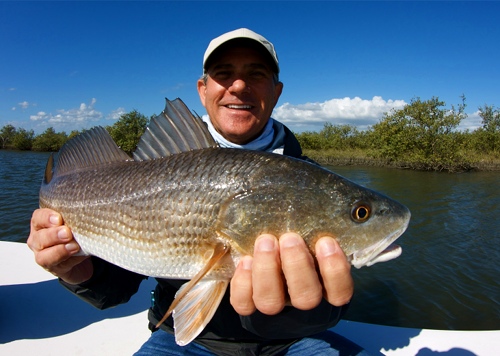
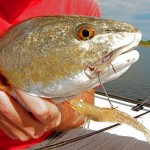
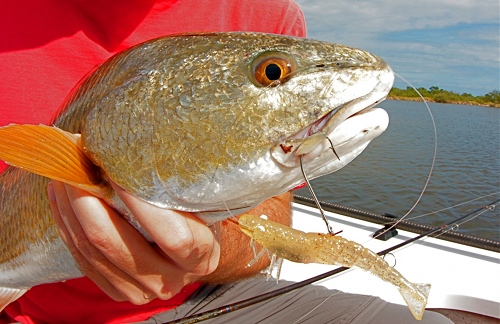
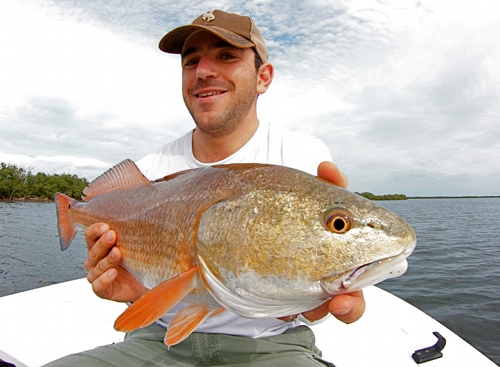
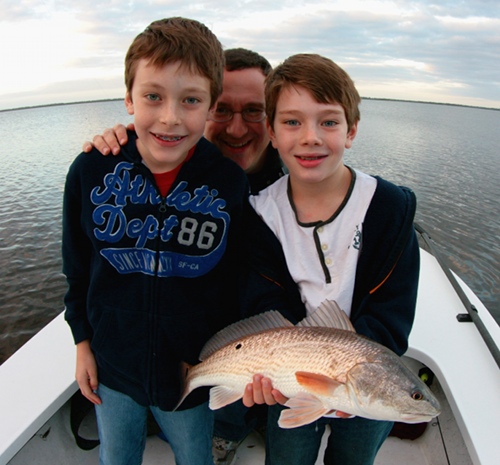
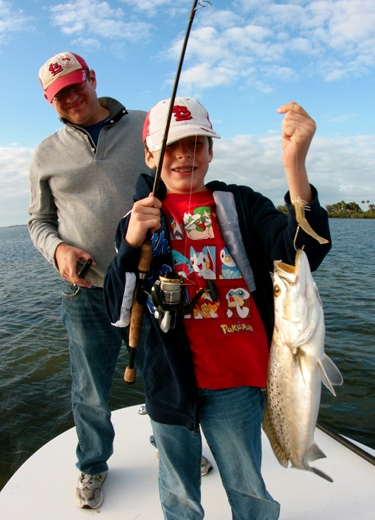
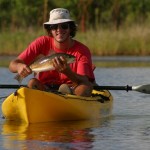
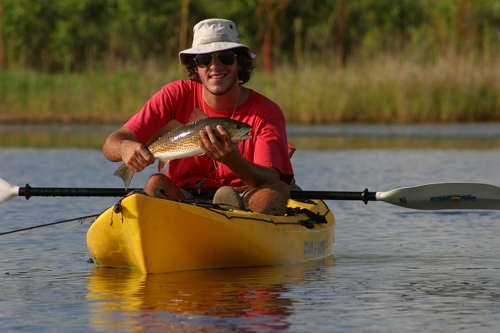
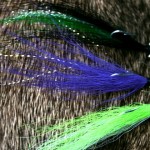
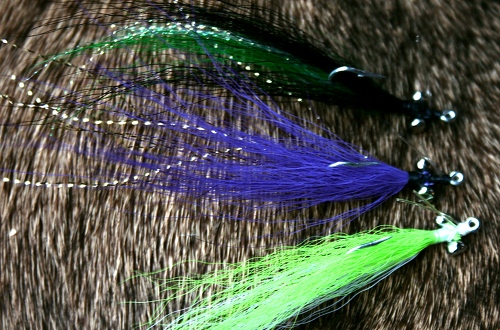
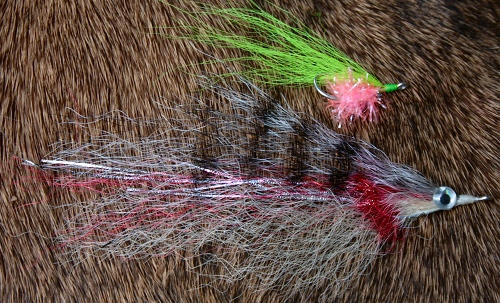
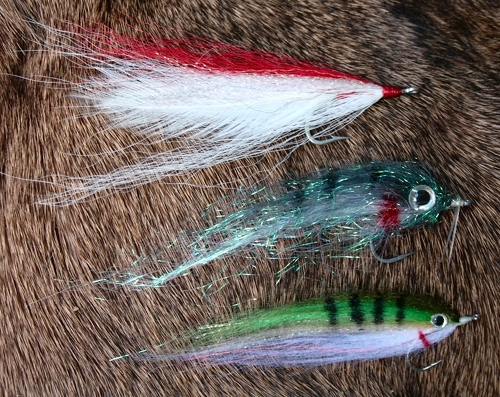
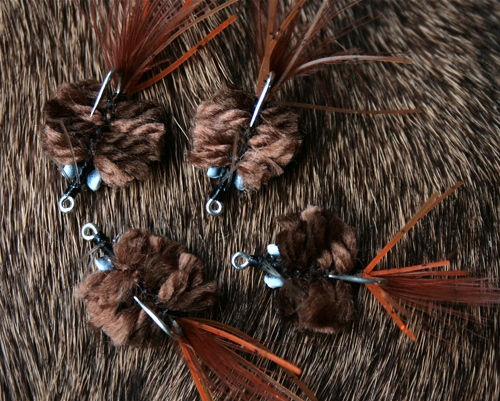
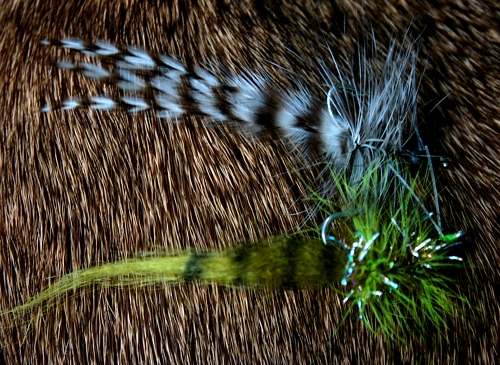
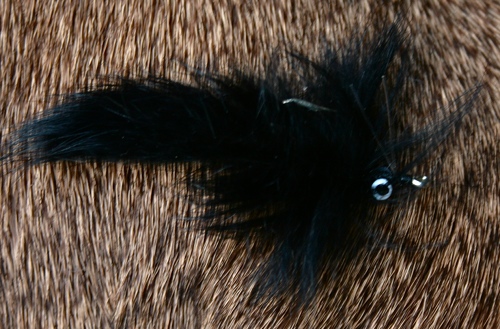
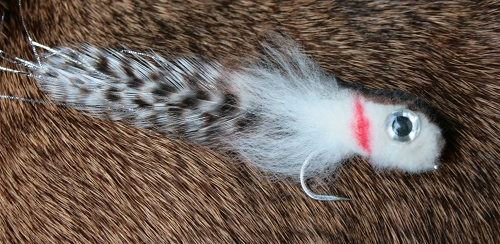
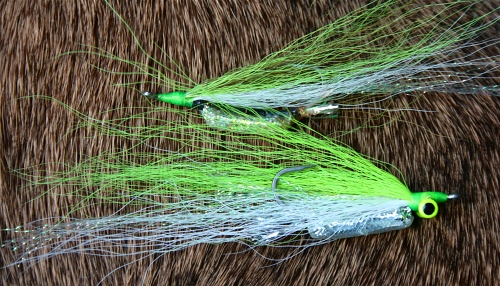
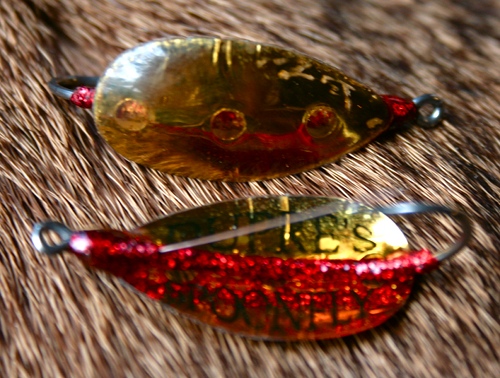
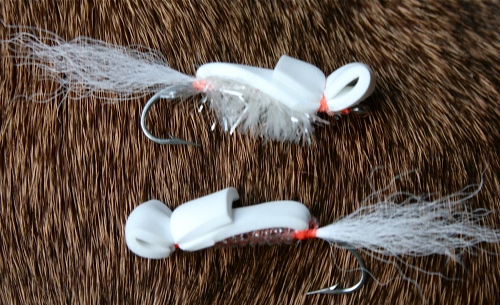
Recent Comments